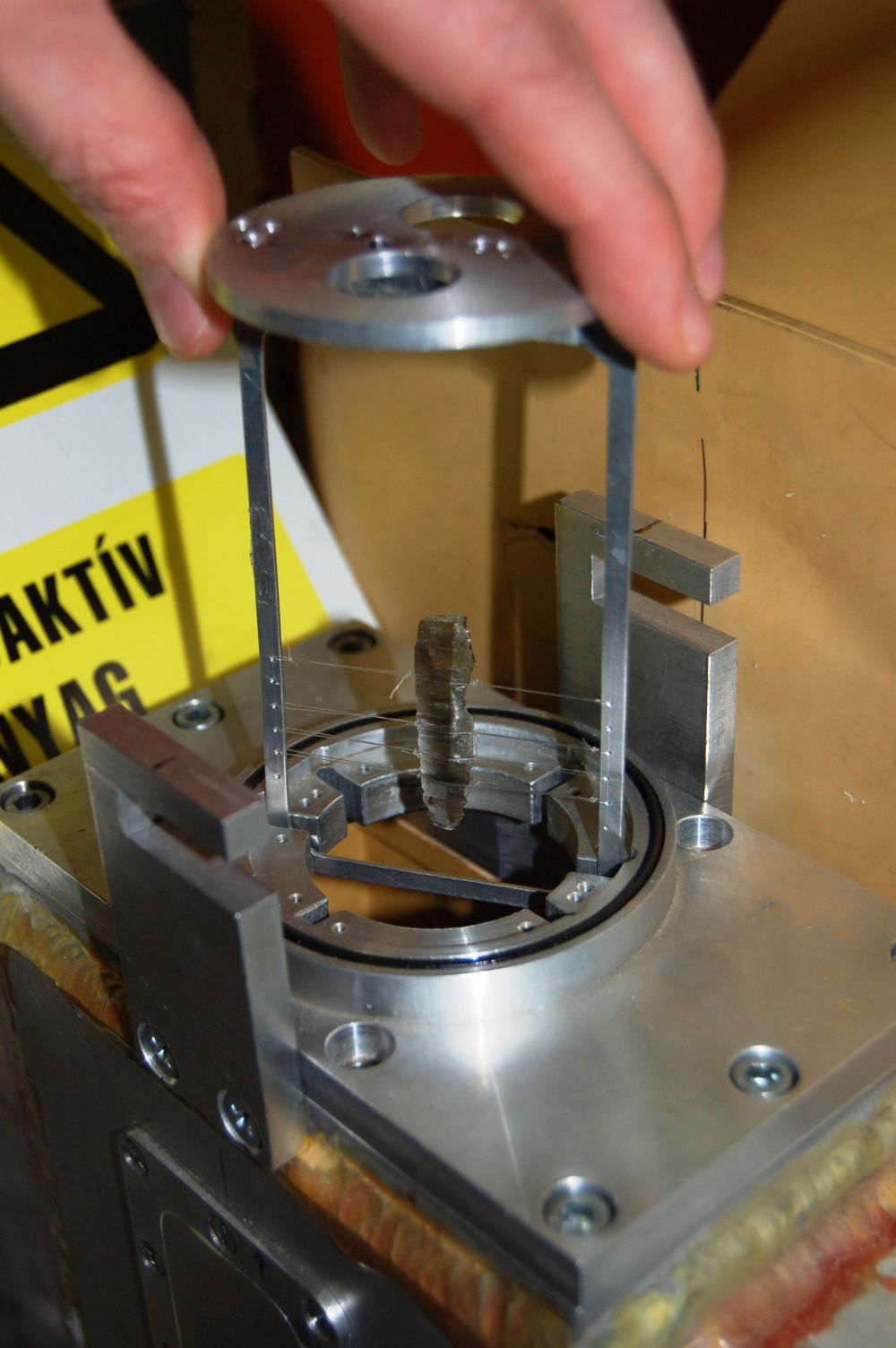User Group Leader: Sándor József Sztáncsuj
http://www.sznm.ro/
Venue: BNC-WIGNER (HU)
The present project was designed to continue a previous initiative (CHARISMA, 2013–2014), dedicated to the petro-archaeological study of the lithic implements from the Copper Age Ariuşd (Erősd) Group in Transylvania (ca. 4500–3800 B.C.). While the earlier investigations were focused mainly on the material of the eponyme settlement (Ariuşd), for the present analysis we have selected archaeological samples from other, recently excavated, key settlements of the Ariuşd Group. The main objective of the project was to provide further data on the geochemical composition of the raw material types we have already identified during the previous studies, with special attention on the so-called ’extra-long distance raw materials’ (obsidian and different flint types with non-local origin). In a wider context, our goal was to obtain more comparative raw material data, in order to correlate the local information in the overall image of the Ariuşd-Cucuteni-Trypillia cultural complex.
The present investigation was applied for a number of 40 chipped lithic material samples, provening from the settlements of Boroşneu Mic (Kisborosnyó)-Borzvára, Doboşeni (Székelyszáldobos)-Borvízoldal, Malnaş Băi (Málnásfürdő)-Füvenyestető and Olteni (Oltszem)-Vármege, all of them dated in the early stages of the Ariuşd Group. The artifacts were selected in such way to represent all the suspected raw material categories. The samples were subjected to nondestructive Prompt Gamma Activation Analysis (PGAA) in the Budapest Neutron Center. Apart from minor difficulties caused by the small size of some samples, which led to a lengthening of the measurement time, the investigation can be considered complete and successful. Although the final evaluation of the results is still in progress, summarising the data analysis we can say that the measurements were able to identify and determine the quantity of the major components and some minor trace elements of the main raw material types. These data confirm (and enrich with additional information) the earlier observations.

